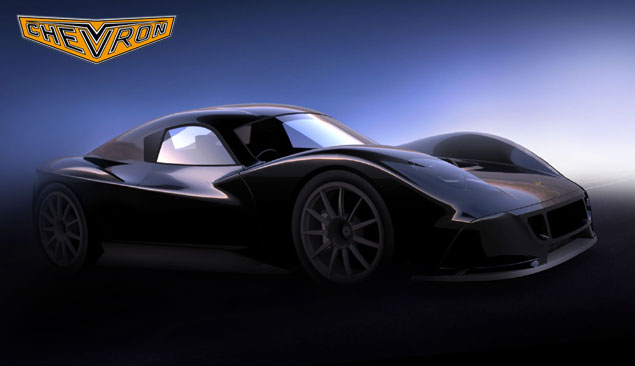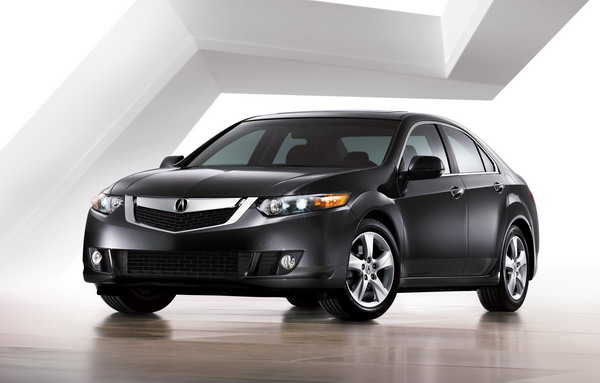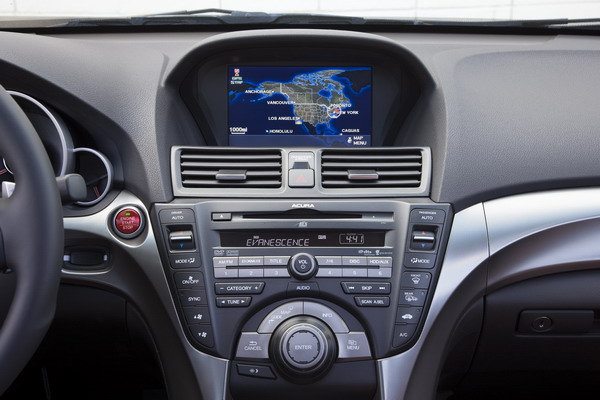




Welcome to my Site,All about best automotive cars Interior Cars Design, Pictures of cars, including custom cars, exotic sports cars and the latest import models. Latest pictures of exotic cars from international Motor Shows, Cars Modification, Automotive Car, automotive news,automotive technology and many more...!!!



















 2009 Acura TSX Mugen
2009 Acura TSX Mugen 2009 Acura TSX Mugen
2009 Acura TSX Mugen 2009 Acura TSX Mugen
2009 Acura TSX Mugen 2009 Acura TSX Mugen
2009 Acura TSX Mugen 2009 Acura TSX Mugen
2009 Acura TSX Mugen
 2009 Acura TL Interior
2009 Acura TL Interior 2009 Acura TL Interior
2009 Acura TL Interior 2009 Acura TL Interior
2009 Acura TL Interior 2009 Acura TL Interior
2009 Acura TL Interior 2009 Acura TL Interior
2009 Acura TL Interior

Pros
Cons
Safety in a sexy package
Volvo’s mantra has always been about safety. It was a Volvo safety engineer, Nils Bohlin, who designed and engineered the three-point safety belt. The new belt design was introduced in 1959 and saved lives almost immediately. Whereby, Volvo made the three-point lap and shoulder belt freely available to all car manufacturers. While mostly on the conservative side, Volvo has long been associated with keeping the family safe and living life in the middle lane. The mere mention of the world Volvo conjures up the image of a beige 240 DL wagon with dad at the wheel and mom refereeing the kids on their way to grandma’s house. Well, Volvo is loudly proclaiming that their new performance, luxury crossover is the safest vehicle on the road today, and they put it in stylish package that will have you rethinking the buttoned-down image of Volvo.
Driving Impressions
Not only does the new XC60 look good, it has the moves to back it up. Powered by Volvo’s T6 engine – a 3.0 liter turbocharged 6-cylinder engine that produces 281 hp and 295 lb-ft of torque – this midsize crossover picks up speed without missing a step. Power is transferred to the ground by a 6-speed “Geartronic” automatic transmission and Volvo’s All-Wheel-Drive with Instant Traction™ (aka Haldex 4 AWD). Shift points for the transmission were programmed perfectly. Under a large variety of driving conditions, never once did we feel the transmission “hunt” for the right gear or bog down when we stomped on the “go” pedal.
After traveling nearly 220 miles along California’s scenic coast and picturesque mountains, we recorded 18 mpg. Nothing to write home about, but we weren’t exactly going for a hypermiler record today. Truthfully, we had too much fun slaloming the XC60 through the turns along Highway 1 and zipping through freeway traffic. Road handling characteristics were very good and the XC60 handled transitions from corner to corner like Bo Jackson cutting through the secondary. Body roll was surprisingly minimal for a mid-size SUV weighing close to 4,200 pounds.
Goldilocks would have found the steering response just right — not too sensitive and not anywhere near mushy. The leather-wrapped steering wheel is ready for action and feels great when gripped firmly with both hands.
Build
Our test mule was a European-spec model and we have to withhold our judgment until later. Volvo officials said that U.S. versions will have only slight changes to suspension tuning and different tires.The first production XC60’s arrive in dealerships late March for demo purposes. In April, Volvo expects to begin delivery of the XC60 to customer’s eagerly awaiting hands.
Interior comfort and Ergonomics
The good – Volvo’s signature slim-design center stack has been redesigned to accommodate a navigation system. Gone is the ugly afterthought with the Volvo/Garmin nav-system sitting atop the dash board. The navigation system screen is on the small side, making some readouts difficult to decipher at a glance. Its controls are inconveniently located behind one of the steering wheel’s spokes, rather than on the center dashboard stack or having a touch-screen interface. This makes using the navigation system more difficult than it needs to be.
The textured dash surface and optional wood trim frame the electronic controls handsomely. Gauges are large and clear, as are the audio and climate functions.

The better – Panorama sunroof looks spectacular and it’s large enough to give rear seat passengers a good view of the sky. Sure, large dual-panel sunroofs are becoming more common in cars such as the Audi A5 and Saturn Astra, but Volvo goes one step further while maintaining its safety theme by using laminated glass that won’t shatter into a gazillion pieces and cut up the passengers – even in the event of a vehicle turnover. The laminated glass also helps insulate the cabin to maintain a quiet ride.
The ugly – Two-tone color scheme for the seats looks atrocious. The monotone leather seats are the better choice in my opinion. I might overlook the designer’s choice of the sandstone beige/expresso bean leather seats, but the front seats weren’t even comfortable. Instead of settling into a luxurious seat that hugs a person securely, it was more like sitting on top of the seats with almost no side support. I kept sliding around on top of the seats and they felt too firm. Not the best situation for spirited driving and long trips. The XC70 has much better seats that are super comfy and hold its occupants much better. I do admit finding the right driving position was not a problem with the 8-way power adjustable seats and steering column with tilt/telescoping adjustments.
Performance
A leading dynamic is the XC60’s usable combination of horsepower and torque. If pulling a trailer is going to be part of the XC60’s work day, go for the optional Trailer Stability Assist (TSA) which offers unsurpassed control when towing a trailer. The XC60 is strong enough to tow a pair jet skis to the lake for a weekend with its 3,300 pound towing capacity. Maximum torque is available from just 1,500 rpm and remains on tap throughout the rev range. The twin-scroll turbocharger provides very fast throttle response, which translates to snappy acceleration and smooth driving when you are not towing an extra load.

